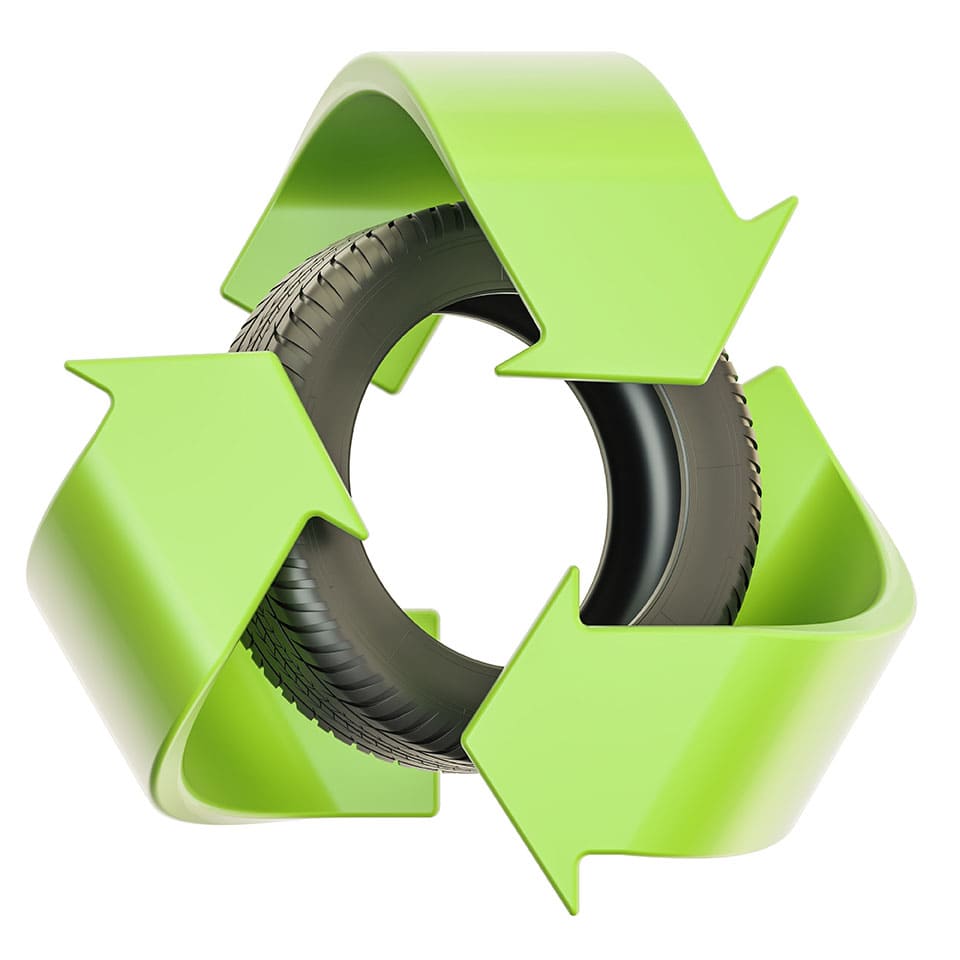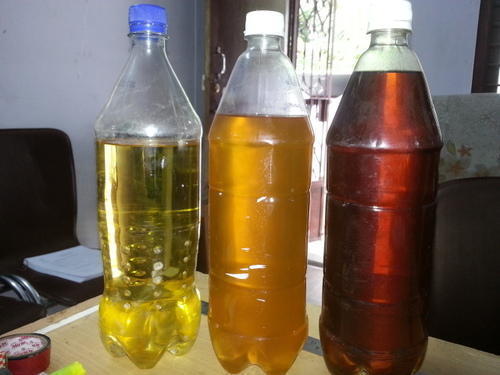The Sustainable Promise of Waste Tyre Pyrolysis to Oil
In a world grappling with escalating waste management challenges and a growing demand for sustainable energy solutions, waste pyrolysis to oil emerges as a promising and transformative technology. This innovative process holds the potential to turn discarded materials into a valuable resource, contributing to both environmental conservation and energy sustainability. In this comprehensive exploration, we delve into the intricacies of tyres pyrolysis plant, its sustainable aspects, and the profound impact it can have on waste reduction, energy production, and the overall transition to a circular economy.

Understanding Waste Pyrolysis:
Waste pyrolysis is a thermal decomposition process that converts organic materials into valuable products, with a primary focus on the production of oil. Unlike traditional waste management methods such as incineration or landfilling, pyrolysis offers a sustainable alternative by transforming waste into useful energy resources.
Types of Feedstock:
The versatility of waste pyrolysis lies in its ability to process various types of feedstock. From plastic waste and rubber tires to agricultural residues and organic matter, the technology can handle a wide range of materials, contributing to comprehensive waste management solutions.
Environmental Benefits:
The environmental benefits of waste pyrolysis to oil are substantial. By diverting waste from landfills and reducing the need for incineration, the process minimizes greenhouse gas emissions and helps mitigate the environmental impact associated with traditional waste disposal methods. The conversion of waste into oil also provides an alternative to fossil fuel extraction, contributing to overall carbon footprint reduction.
Circular Economy in Action:
Waste tyre oil plant aligns with the principles of a circular economy by closing the loop on resource utilization. Instead of treating waste as a disposable problem, this technology transforms it into a valuable commodity—oil. This circular approach reduces dependence on finite resources, fostering a more sustainable and regenerative economic model.
Reducing Landfill Pressure:
One of the primary challenges of modern waste management is the strain on landfills. Waste pyrolysis alleviates this pressure by diverting significant volumes of waste away from landfills, extending their lifespan and reducing the need for additional land for waste disposal. This, in turn, addresses the issue of land scarcity and promotes responsible land use.
Energy Production from Waste:
The conversion of waste to oil provides a dual benefit by addressing both waste management and energy production challenges. The oil produced through pyrolysis can be used as a fuel source for various applications, including electricity generation, heating, and as a feedstock for the production of biofuels. This multifaceted approach contributes to the diversification of the energy mix and reduces reliance on traditional fossil fuels.

Technological Advancements:
Recent technological advancements in waste pyrolysis processes have significantly improved efficiency and product quality. Advanced pyrolysis reactors, such as fluidized bed reactors and microwave pyrolysis systems, offer enhanced control over temperature and residence time, resulting in higher yields of valuable products, including a higher-quality oil.
Waste-to-Energy Initiatives:
Governments and private entities worldwide are increasingly recognizing the potential of waste pyrolysis as a key component of waste-to-energy initiatives. By investing in and incentivizing the development of pyrolysis facilities, these initiatives aim to harness the latent energy within waste streams, contributing to sustainable energy production while addressing waste management challenges.
Challenges and Solutions in Waste Pyrolysis:
While waste pyrolysis holds great promise, it is not without its challenges. Issues such as the variability of feedstock, potential emissions, and the need for standardization pose hurdles to widespread adoption. However, ongoing research and development efforts are focused on addressing these challenges through improved process engineering, emissions control technologies, and regulatory frameworks.
Economic Viability:
The economic viability of waste pyrolysis is a critical aspect of its sustainability. As the technology matures and gains wider acceptance, the cost-effectiveness of converting waste into oil improves. The potential revenue streams from selling the produced oil, coupled with reduced waste management costs, contribute to the economic sustainability of waste pyrolysis facilities.
Social Impact:
The social impact of waste pyrolysis extends beyond environmental and economic considerations. By creating new industries and job opportunities in waste management and renewable energy sectors, the technology has the potential to stimulate local economies and foster social development. Additionally, the reduction of environmental pollution associated with improper waste disposal positively influences public health and well-being.
Global Perspectives on Waste Pyrolysis:
Waste pyrolysis to oil has gained attention and traction on a global scale. From developed nations looking to optimize waste management to developing countries seeking sustainable energy solutions, the technology offers a versatile and adaptable approach to addressing diverse challenges. Case studies from around the world illustrate the varied applications and success stories of waste pyrolysis. In some countries, the tyre recycling machine for sale UK is a hot product.
Regulatory Frameworks and Standards:
As waste pyrolysis gains prominence, the need for clear regulatory frameworks becomes paramount. Governments and international organizations are developing standards to ensure the safe and environmentally responsible implementation of waste pyrolysis facilities. This includes guidelines for emissions control, waste feedstock management, and overall facility operations.
Community Engagement and Public Perception:
Community engagement and public perception play a crucial role in the successful implementation of waste pyrolysis projects. Educating local communities about the benefits, safety measures, and positive impacts on the environment fosters acceptance and support. Transparent communication is key to addressing concerns and building trust in the technology.
Future Trends and Innovations:
The future of waste pyrolysis to oil holds exciting possibilities with ongoing research and development. Innovations in catalyst technologies, process optimization, and the integration of waste pyrolysis with other sustainable practices are anticipated. Continuous improvements will enhance the efficiency, scalability, and environmental performance of waste pyrolysis systems.
Case Studies: Success Stories in Waste Pyrolysis:
Exploring case studies provides insights into successful implementations of waste pyrolysis to oil projects. These real-world examples showcase the diverse applications, challenges faced, and positive outcomes in various contexts, contributing to the growing body of knowledge in the field.
Collaboration and Knowledge Sharing:
Collaboration among stakeholders, including governments, industries, researchers, and communities, is essential for the widespread adoption of waste pyrolysis to oil. Knowledge sharing platforms, collaborative research projects, and partnerships between public and private sectors facilitate the exchange of expertise and resources, accelerating the global transition toward sustainable waste management and energy production.
Educational Initiatives:
Educational initiatives play a vital role in creating awareness and understanding of waste pyrolysis. Educational institutions, industry associations, and research organizations can contribute to building a skilled workforce and fostering innovation in waste-to-energy technologies. Outreach programs can engage students, professionals, and the general public in the sustainable potential of waste pyrolysis.
Public-Private Partnerships:
Public-private partnerships are instrumental in scaling up waste pyrolysis projects. Governments can provide regulatory support, incentives, and infrastructure, while private entities bring technological expertise, investment, and operational capabilities. These partnerships create synergies that enhance the efficiency and effectiveness of waste pyrolysis initiatives.
Conclusion: Toward a Sustainable Future with Waste Pyrolysis to Oil:
In conclusion, waste pyrolysis to oil stands as a beacon of hope in the quest for sustainable waste management and energy production. By harnessing the latent energy within waste streams, this technology offers a holistic solution to environmental, economic, and social challenges. As global efforts intensify to combat climate change, reduce reliance on fossil fuels, and transition to a circular economy, waste pyrolysis emerges as a key player in building a sustainable and resilient future. Through ongoing innovation, collaboration, and commitment, we can unlock the full potential of waste pyrolysis, transforming waste into a valuable resource and paving the way for a more sustainable and regenerative world. Here are some information: https://bestonmachinery.com/id/.